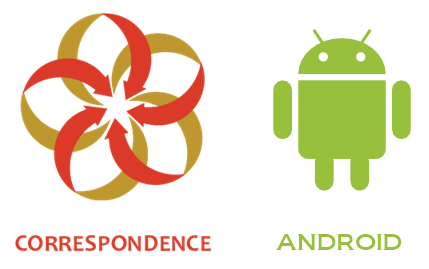|
|
Knockout JS and MVC Model BindingSubmitted by Michael L Perry on Thu, 09/20/2012 - 10:15
Source code for this post is at https://github.com/MichaelLPerry/BuyMoreStuff. Knockout is a great way to make interactive web pages using data binding and dependency tracking. Most of the uses of Knockout that I’ve seen use AJAX to send data to a RESTful JSON endpoint. But if you are using ASP.NET MVC, you don’t have to write another service if you don’t want to. You can take advantage of the powerful model binding that is built into the platform. Interaction with observable arraysSay you are building a shopping cart web page. You want your users to manage items in their cart all in the client, with no post-backs. Knockout is fantastic at this style of interaction. Just create a ko.observableArray in your view model, and add all of the cart lines to that array. var ViewModel = function () { this.lines = ko.observableArray([ @if (Model != null && Model.Cart != null && Model.Cart.Lines != null) { foreach (var line in Model.Cart.Lines) { var product = Model.GetProductById(line.ProductId); if (product != null) { @:new Line(this, @line.ProductId, "@product.Name", @product.UnitPrice, @line.Quantity), } } } ]); }; The loop is generating JavaScript for all of the items already in the cart. So when the browser fetches the page, it is already fully populated. There is no second call to get the cart data. Each of the lines in the array has an observable quantity, in addition to some immutable properties. var Line = function (container, productId, productName, unitPrice, quantity) { this.productId = productId; this.productName = productName; this.unitPrice = unitPrice; this.quantity = ko.observable(quantity); this.remove = function() { container.lines.remove(this); }.bind(this); } To data bind these lines to a table, just use Knockout’s data-bind attribute. <table> <thead> <tr> <th>Product</th> <th>Quantity</th> <th>Price</th> <th> </th> </tr> </thead> <tbody data-bind="foreach: lines"> <tr> <td> <input type="hidden" data-bind="value: productId" /> <span data-bind="text: productName"></span> </td> <td><input type="text" data-bind="value: quantity" /></td> <td data-bind="text: unitPrice * quantity()"></td> <td><button type="button" data-bind="click: remove">-</button></td> </tr> </tbody> </table> Notice the button data binding to the remove function so that the user can remove items from the cart. Model bindingNow we need to get the modified cart data back on submit. Here’s where the model binder comes in. The MVC model binder looks for names on input fields to determine what properties to set. When the name refers to an element of a collection, the model binder creates an object and inserts it into the collection. We can use the Knockout “attr” syntax to set the name attribute of the inputs. <input type="hidden" data-bind="value: productId, attr: {name: 'Cart.Lines[' + $index() + '].ProductId'}" /> <input type="text" data-bind="value: quantity, attr: {name: 'Cart.Lines[' + $index() + '].Quantity'}" /> Now when you submit this form, the MVC model binder will create a Cart object containing all of the items that the user managed on their client. This was all done through the standard MVC Razor view engine and model binder, with no additional AJAX calls. KnockoutJS No Modification Allowed Error in ChromeSubmitted by Michael L Perry on Tue, 09/18/2012 - 12:09
Test your KnockoutJS binding in all major browsers. If it just doesn’t appear to work, start the debugging console for that browser. Usually, this is F12. I had a page that worked in IE. In Chrome, I saw “Uncaught Error: NO_MODIFICATION_ALLOWED_ERR: DOM Exception 7” in the console. Knockout was deep inside of ApplyBindings, but I couldn’t tell what the binding was. But by switching to the debug (non-minified) script, I was able to back up the stack a couple of calls to find that Knockout was trying to bind the “text” property on an input element. There was my problem. I had: <input type="text" data-bind="text: date" /> I needed to data bind “value”, not “text”. Scaling collaborative applications with Azure and CorrespondenceSubmitted by Michael L Perry on Mon, 09/17/2012 - 16:56
Azure is a great way to quickly deploy and scale your web sites. Correspondence is a rich framework for bringing collaborative experiences to multiple platforms. When these two come together, amazing things can happen. The traditional web application has multiple stateless servers backed by a single database. You can scale out by adding new web servers, but this only goes so far if they all connect to the same database. Once you have saturated the database, where can you go? The answer is to allow each web server to have its own local copy of the data, completely isolated from the other servers. Each new instance can serve requests without having to connect to an shared resource, like a SQL database. But how do you keep all of those local copies synchronized? That’s where Correspondence comes in.
|






 Enter session data
Enter session data








